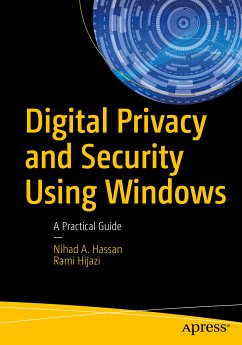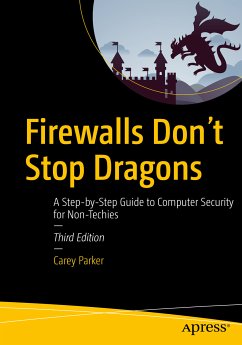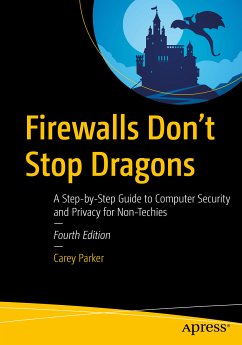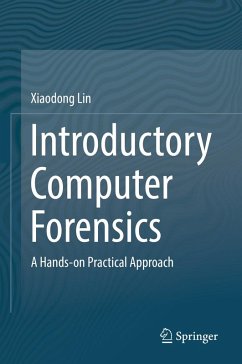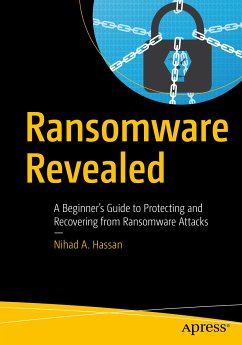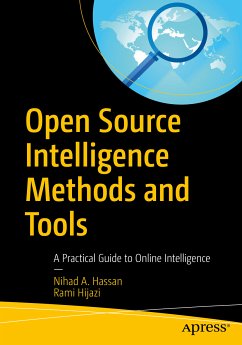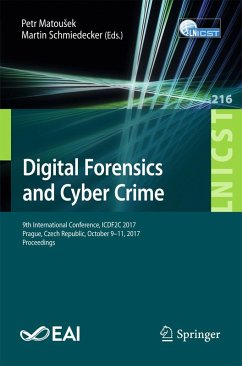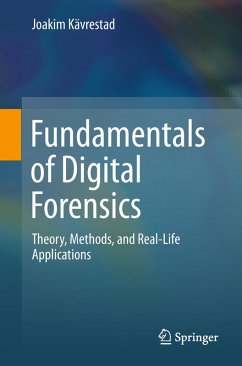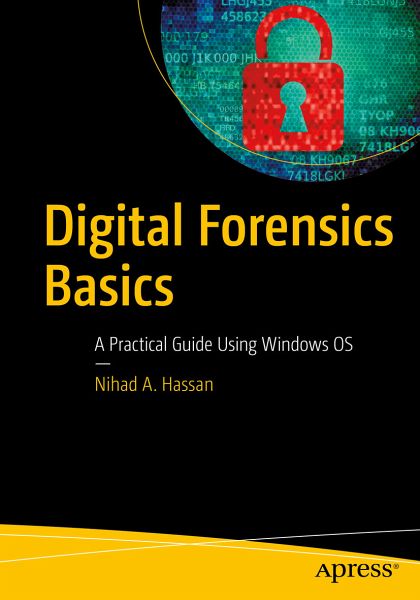
Digital Forensics Basics (eBook, PDF)
A Practical Guide Using Windows OS
Versandkostenfrei!
Sofort per Download lieferbar
43,95 €
inkl. MwSt.
Weitere Ausgaben:

PAYBACK Punkte
22 °P sammeln!
Use this hands-on, introductory guide to understand and implement digital forensics to investigate computer crime using Windows, the most widely used operating system. This book provides you with the necessary skills to identify an intruder's footprints and to gather the necessary digital evidence in a forensically sound manner to prosecute in a court of law.Directed toward users with no experience in the digital forensics field, this book provides guidelines and best practices when conducting investigations as well as teaching you how to use a variety of tools to investigate computer crime. Y...
Use this hands-on, introductory guide to understand and implement digital forensics to investigate computer crime using Windows, the most widely used operating system. This book provides you with the necessary skills to identify an intruder's footprints and to gather the necessary digital evidence in a forensically sound manner to prosecute in a court of law.
Directed toward users with no experience in the digital forensics field, this book provides guidelines and best practices when conducting investigations as well as teaching you how to use a variety of tools to investigate computer crime. You will be prepared to handle problems such as law violations, industrial espionage, and use of company resources for private use.
Digital Forensics Basics is written as a series of tutorials with each task demonstrating how to use a specific computer forensics tool or technique. Practical information is provided and users can read a task and then implement it directly on their devices. Some theoretical information is presented to define terms used in each technique and for users with varying IT skills.
What You'll Learn
Who This Book Is For
Police and other law enforcement personnel, judges(with no technical background), corporate and nonprofit management, IT specialists and computer security professionals, incident response team members, IT military and intelligence services officers, system administrators, e-business security professionals, and banking and insurance professionals
Directed toward users with no experience in the digital forensics field, this book provides guidelines and best practices when conducting investigations as well as teaching you how to use a variety of tools to investigate computer crime. You will be prepared to handle problems such as law violations, industrial espionage, and use of company resources for private use.
Digital Forensics Basics is written as a series of tutorials with each task demonstrating how to use a specific computer forensics tool or technique. Practical information is provided and users can read a task and then implement it directly on their devices. Some theoretical information is presented to define terms used in each technique and for users with varying IT skills.
What You'll Learn
- Assemble computer forensics lab requirements, including workstations, tools, and more
- Document the digital crime scene, including preparing a sample chain of custody form
- Differentiate between law enforcement agency and corporate investigations
- Gather intelligence using OSINT sources
- Acquire and analyze digital evidence
- Conduct in-depth forensic analysis of Windows operating systems covering Windows 10-specific feature forensics
- Utilize anti-forensic techniques, including steganography, data destruction techniques, encryption, and anonymity techniques
Who This Book Is For
Police and other law enforcement personnel, judges(with no technical background), corporate and nonprofit management, IT specialists and computer security professionals, incident response team members, IT military and intelligence services officers, system administrators, e-business security professionals, and banking and insurance professionals
Dieser Download kann aus rechtlichen Gründen nur mit Rechnungsadresse in A, B, BG, CY, CZ, D, DK, EW, E, FIN, F, GR, HR, H, IRL, I, LT, L, LR, M, NL, PL, P, R, S, SLO, SK ausgeliefert werden.



